Mavenclad (cladribine) is a prescription medication that is used for the treatment of certain forms of multiple sclerosis (MS). It falls under the category of disease-modifying therapies (DMTs), which are designed to alter the course of the disease and reduce the frequency and severity of relapses in patients with MS. Mavenclad is a relatively recent addition to the arsenal of treatments available for MS and offers a unique approach to managing the disease.
Here is a comprehensive description of Mavenclad, exploring its mechanism of action, indications, dosing, effectiveness, side effects, precautions, and more:
1. Drug Class and Mechanism of Action: Mavenclad is classified as an immunosuppressant and belongs to a class of medications known as purine analogs. Its precise mechanism of action in treating MS is not fully understood, but it is thought to work by suppressing the immune system’s abnormal response that leads to the destruction of myelin (the protective covering of nerve fibers) in the central nervous system. By modulating the immune response, Mavenclad helps reduce inflammation and the formation of new lesions in the brain and spinal cord.
2. Indications: Mavenclad is indicated for the treatment of relapsing forms of multiple sclerosis (RMS). RMS includes both relapsing-remitting MS (RRMS) and active secondary progressive MS (SPMS) with relapses. It is specifically approved for patients whose disease has not responded adequately to other therapies or who cannot tolerate other MS treatments.
3. Dosage and Administration: Mavenclad is administered orally as tablets. The dosing regimen involves two treatment courses, each consisting of two yearly treatment cycles. During each treatment cycle, Mavenclad tablets are taken for a few days, followed by an extended period of no treatment. The exact dosing schedule is determined by your healthcare provider based on your individual circumstances. It’s important to follow the prescribed dosing regimen carefully.
4. Effectiveness: Clinical trials have shown that Mavenclad can significantly reduce the annualized relapse rate in patients with RMS. It also demonstrates the potential to slow down the progression of disability associated with MS, although the extent of this benefit may vary from person to person.
5. Side Effects: Common side effects of Mavenclad may include headache, fatigue, upper respiratory tract infections, and an increased risk of lymphopenia (a reduction in certain types of white blood cells). Lymphopenia can potentially increase the risk of infections, and monitoring blood cell counts is an essential part of the treatment plan. Other less common but serious side effects can include an increased risk of malignancies, so close monitoring is necessary.
6. Precautions and Monitoring: Before starting Mavenclad, your healthcare provider will perform a thorough evaluation, including blood tests, to ensure that you are a suitable candidate for the medication. You should inform your healthcare provider of any underlying health conditions, current medications, or allergies. Regular monitoring of blood cell counts and other safety parameters is crucial during treatment to detect and manage potential side effects.
7. Special Populations: Mavenclad is not recommended for use during pregnancy or breastfeeding due to potential risks to the fetus or infant. It is essential to discuss family planning and contraception options with your healthcare provider if you are of childbearing age and considering Mavenclad treatment.
8. Cost and Insurance Coverage: As a prescription medication, the cost of Mavenclad can vary widely depending on your location and insurance coverage. It is important to check with your insurance provider and explore available financial assistance programs to help manage the cost.
9. Duration of Treatment: The duration of Mavenclad treatment can vary from patient to patient. It is not intended for continuous use but is administered in defined treatment courses with breaks in between. The need for subsequent courses will be determined by your healthcare provider based on your response to treatment.
10. Conclusion: Mavenclad (cladribine) is a disease-modifying therapy approved for the treatment of relapsing forms of multiple sclerosis (RMS). It offers a unique approach to managing the disease by modulating the immune system’s response. While it has demonstrated effectiveness in reducing relapses and potentially slowing disability progression, it also comes with potential side effects and requires careful monitoring. Mavenclad is typically considered when other MS treatments have not been effective or are not suitable for a patient’s specific circumstances. As with any medication, its use should be discussed thoroughly with your healthcare provider to determine the best treatment strategy for your individual needs.

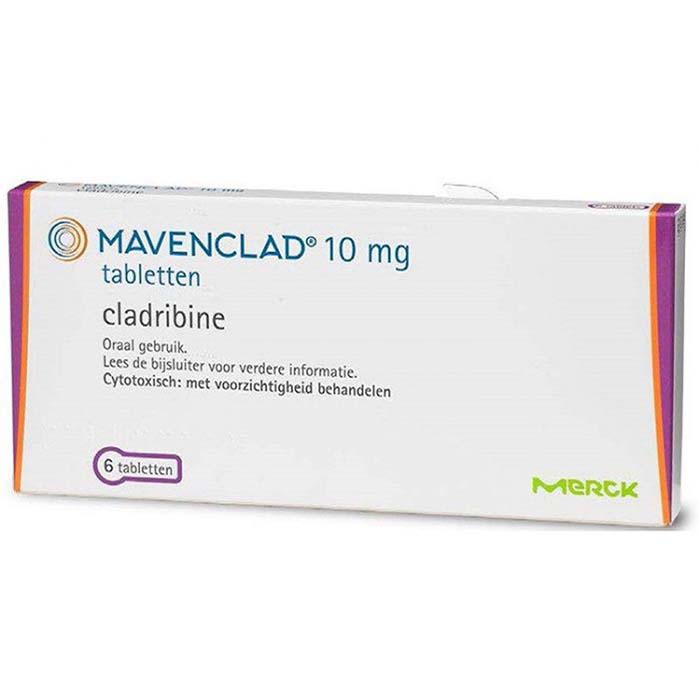
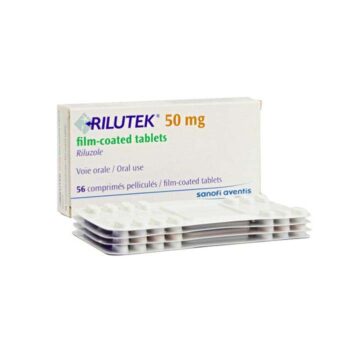
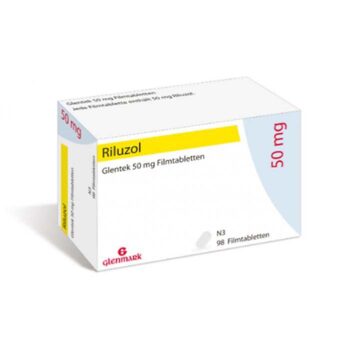
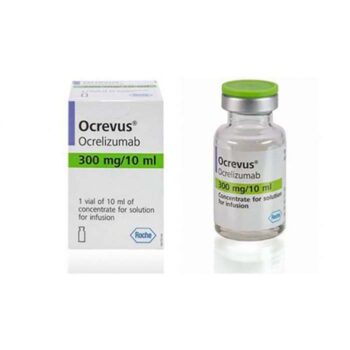
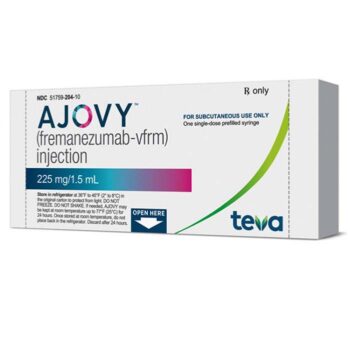
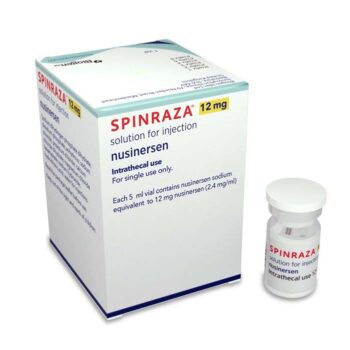

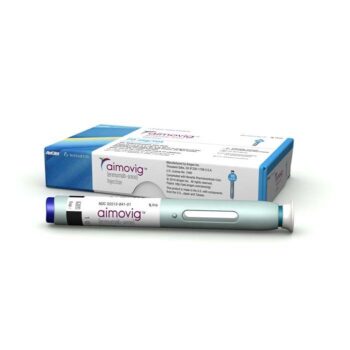


Reviews
There are no reviews yet.